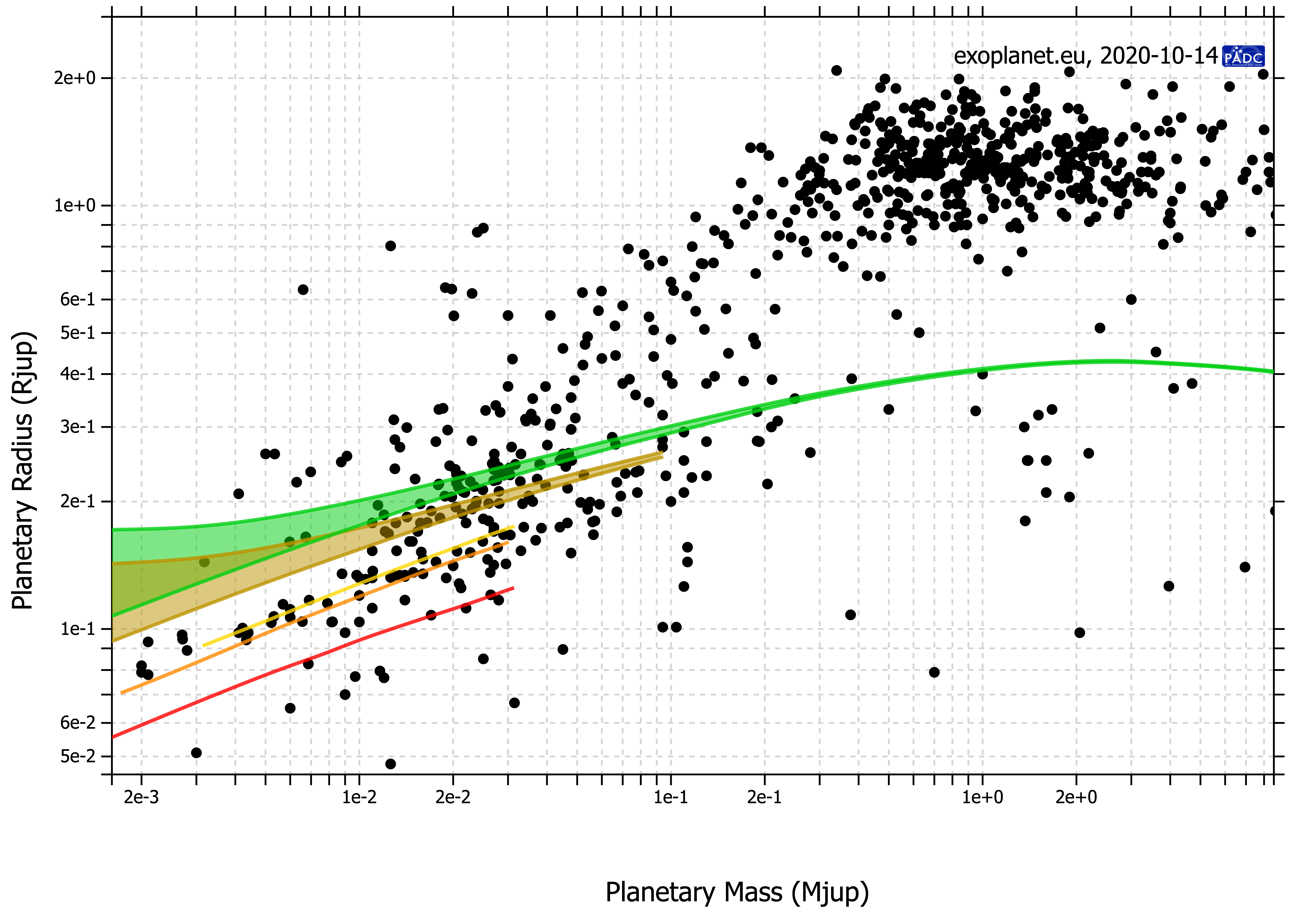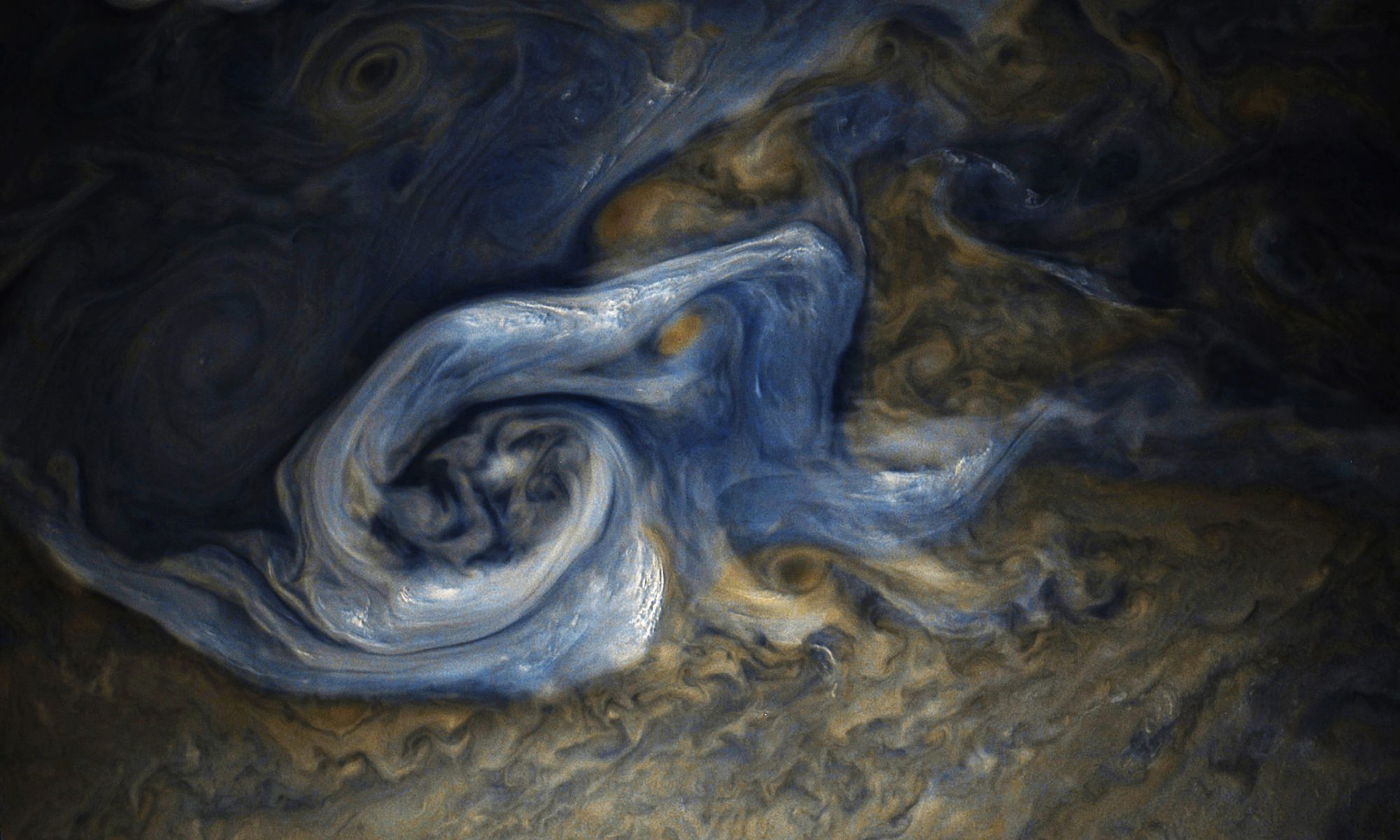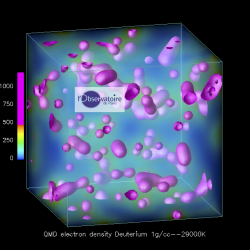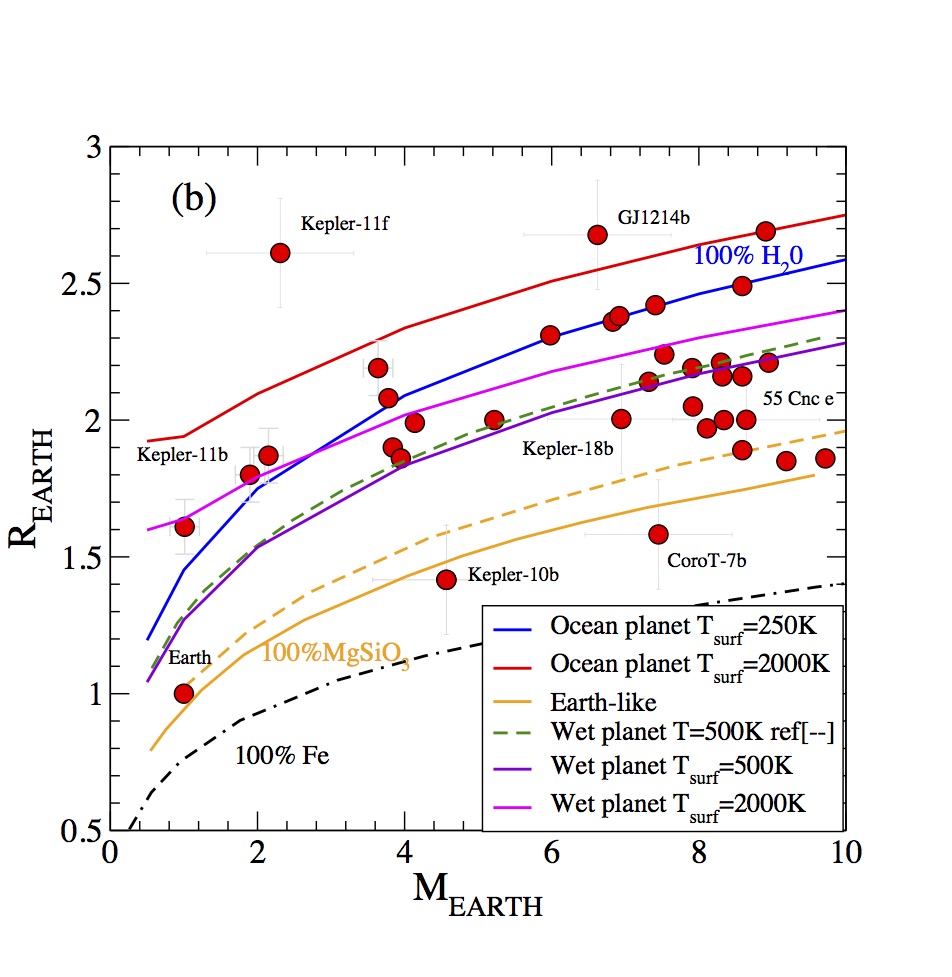This lists ongoing projects pertaining to fundamental questions in planetary science: how giant planets form, what is the nature of ocean planets and hot neptune currently observed, and the habitability of Earth-like planets
Exoplanet Reference Interior Structure project EXORIS

Interior Structure and Evolution of the Planets of the Solar System
The ab initio simulations are reshaping our understanding of the behavior of the basic planetary constituents at extreme conditions. This is leading to a renewed understanding of the interior structure of giant planets. This is for example the case for the envelope where the metallisation of hydrogen and the demixing between hydrogen and helium are issues of interest. We lately focussed on the core of these objects where the high pressure melting properties and the equation of states of iron, water and silicates are needed to constrain the size and nature of the core and validate formation of giant planet models.
- S. Mazevet, A. Licari, F. Soubiran (2020) Benchmarking the ab initio hydrogen equation of state for the interior structure of Jupiter Astronomy and Astrophysics Reference interior structure calculations based on ab initio EOS for Jupiter in a two layer model. (data)
- S. Mazevet, A. Licari, G. Chabrier, A. Pothekin (2019) Ab initio based equation of state of dense water for planetary and exoplanetary modelling Astronomy and Astrophysics mass-radius relationships for pure water and ocean planets based on ab initio simulations. (data)
Modeling the Emergence of Ecosystems and the Co-Evolution of Life and Planet Habitability
Collaborators R. Ferrière (ENS), B. Charnay (Observatoire de Paris), B. Sauterey (ENS, Observatoire de Paris), A. Affholder (ENS, Observatoire de Paris)
Planet Earth today hosts many intricate interactions among life forms and minerals across multiple scales, from microscopic to global. But what role did these interactions play in the very emergence of life, in its Darwinian evolution and complexification? What have been the consequences for the early and subsequent habitability of our planet? A ‘co-evolutionary ladder’ between the geosphere and biosphere has long been hypothesized (Lenton et al. 2004 Nature). Entwined transitions between biological evolution and the environment, such as the evolution of photosynthesis and the related Great Oxidation event, have characterized Earth’s history since its beginning some 4 billion years ago. As the co-evolution of the biosphere and geosphere is receiving increasing conceptual attention from planetologists and geoscientists, this project aims at recasting these verbal ideas in a rigorous ecological and evolutionary framework.
Python script for running the ecological model coupled to the carbone cycle (code).
-
Bayesian analysis of Enceladus’s plume data to assess methanogenesis Antonin Affholder, François Guyot, Boris Sauterey, Régis Ferrière &Stéphane Mazevet Nature Astronomy 5, pages 805–814 (2021).
Python script for running the ecological model coupled to the Enceladus internal model (code).



